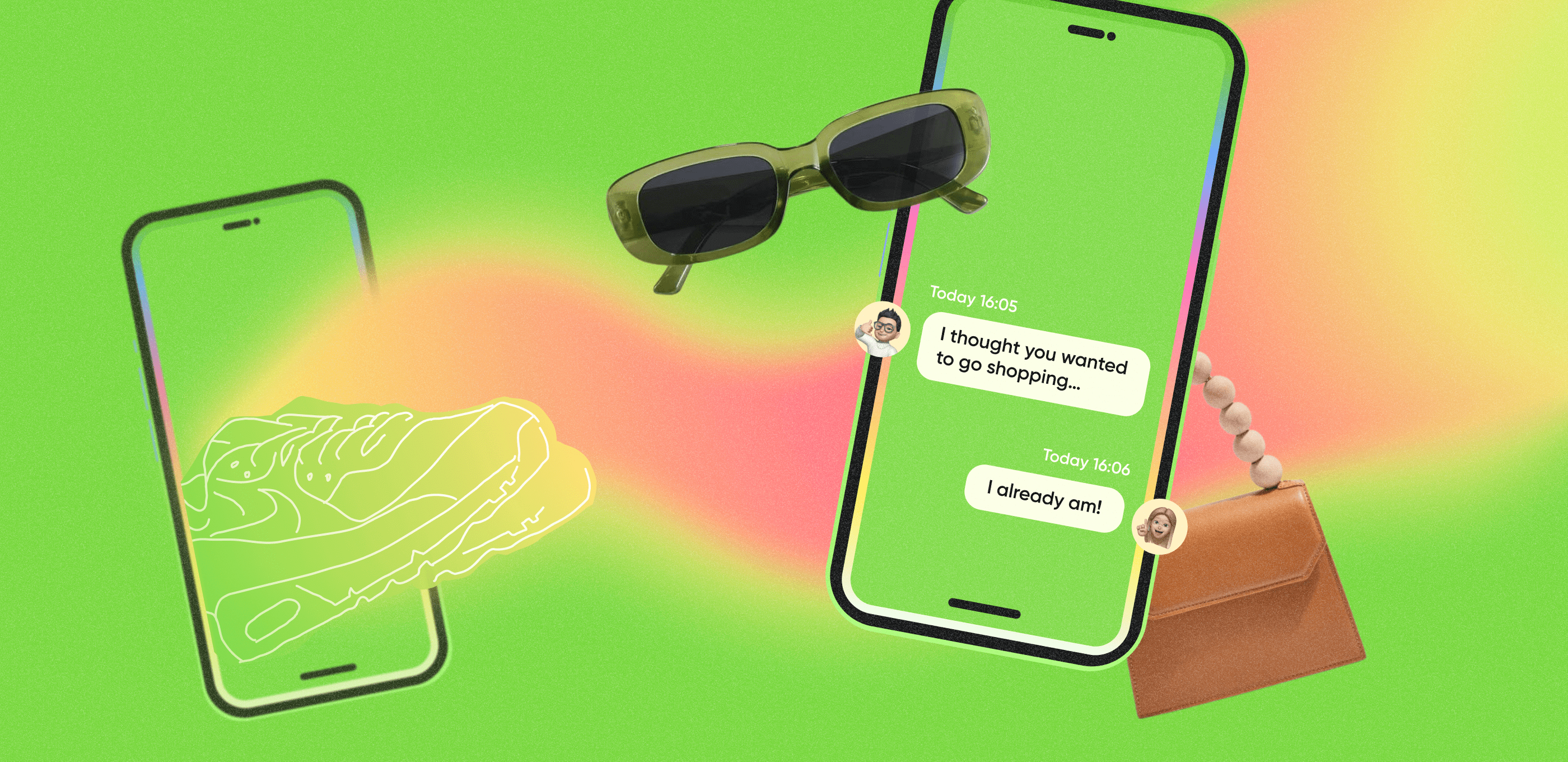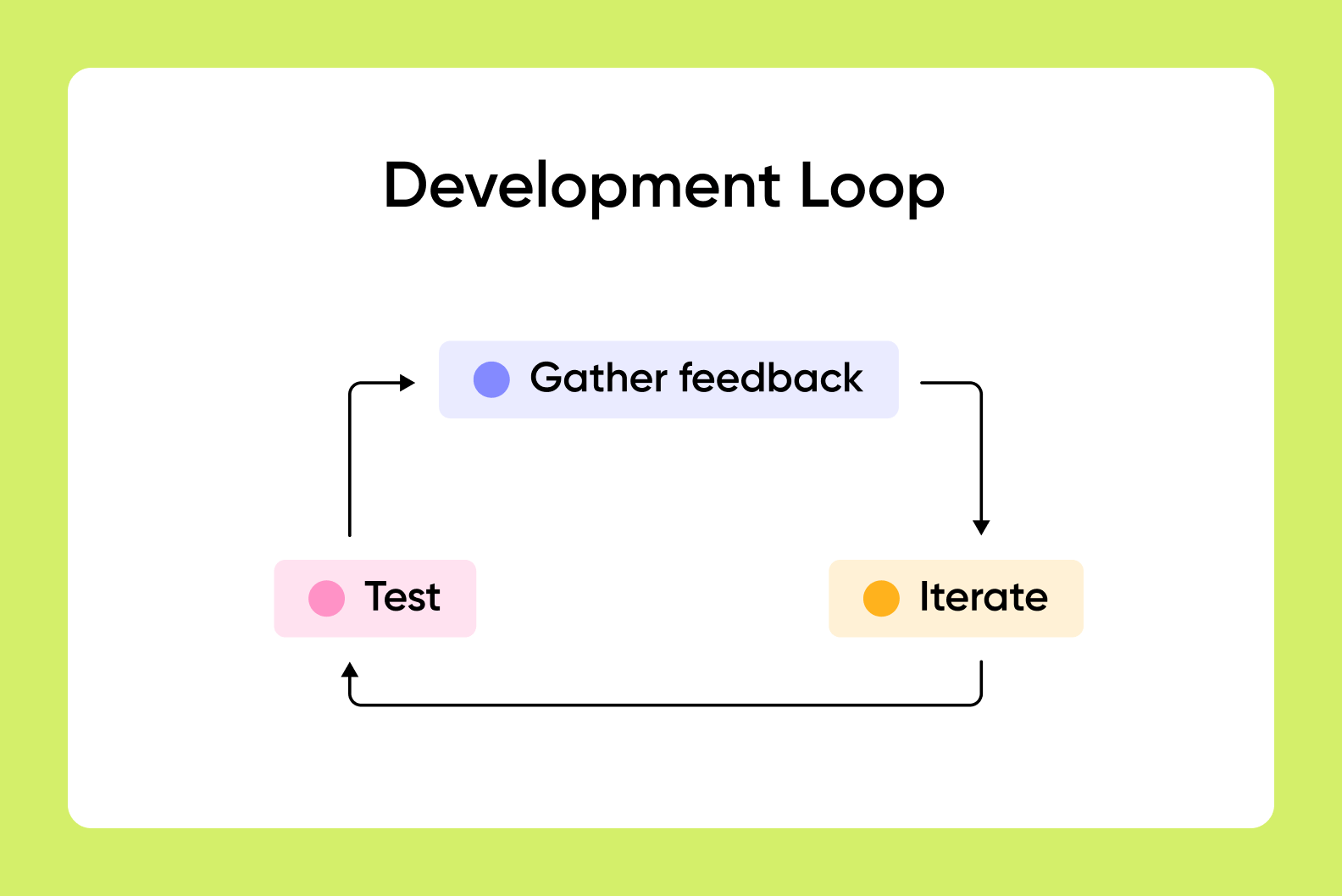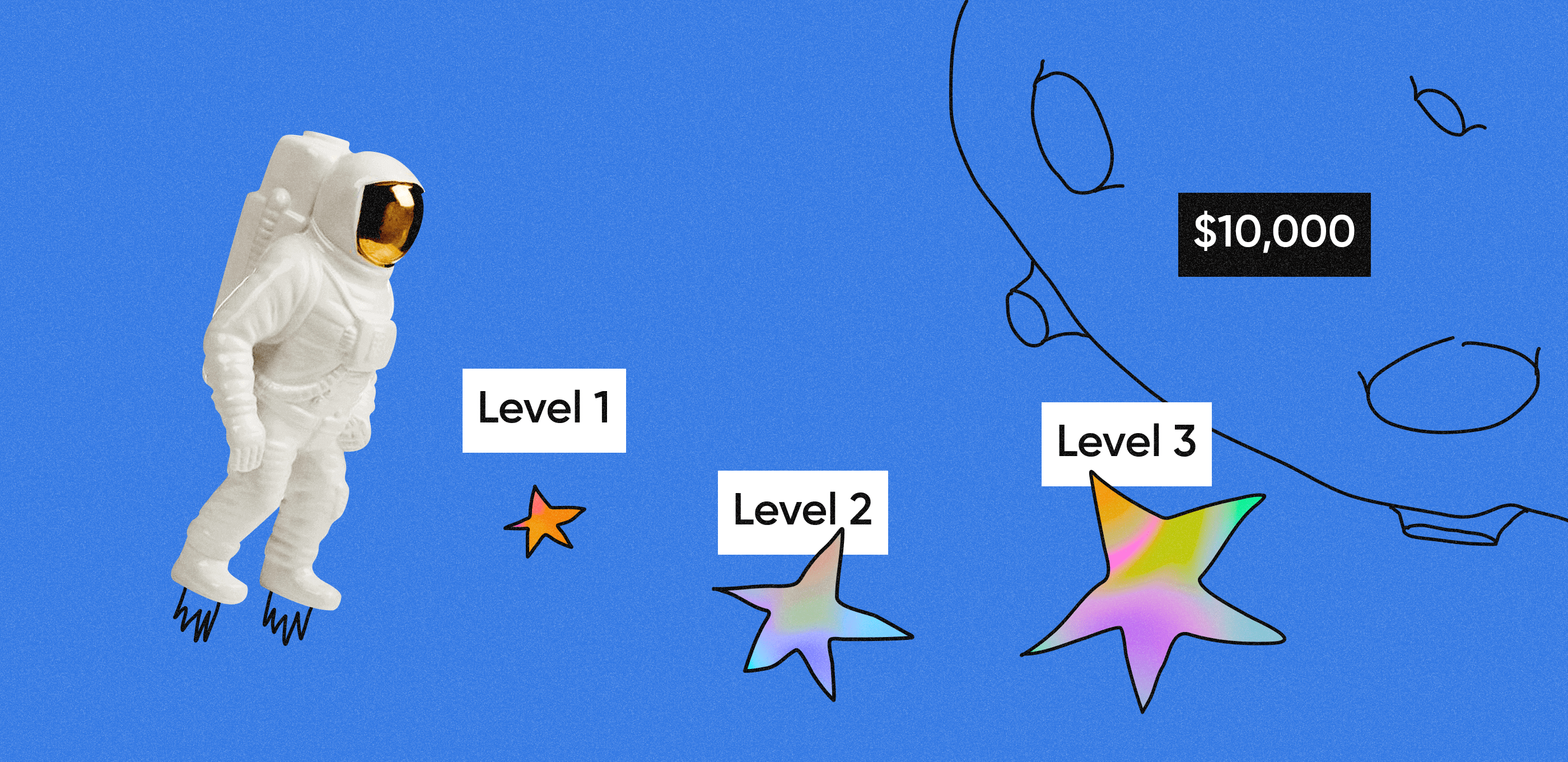What is m-commerce?
M-commerce is a branch of e-commerce that allows shops to sell products online and operates exclusively through mobile devices. This broad term encompasses all applications that have something to do with selling stuff, be it furniture, electronics, sportswear, designer jewelry, or groceries. The standard user journey in m-commerce platforms looks something like this: the customer signs up, browses through the catalog, examines product cards, adds some items to the cart, and pays for the order right in the app. The only thing left to do after that is to wait for the delivery to arrive at the designated address.
Popular mobile commerce apps
To start this off, let’s discuss some big m-commerce apps that basically define what the field currently looks like. They will provide us with positive references, highlighting the key features we’ll be talking about later.
IKEA
Even though the fundamental architecture of IKEA offers nothing out-of-the-ordinary and sticks to the standard user flow, all the basic components are implemented really well in this commerce application:
- a catalog with multiple sections and subsections,
- a flexible filtering system,
- hand-picked selection of items and custom lists,
- a system of reviews,
- a barcode scanner that allows you to scan products and skip queues at the real-life checkout.
The hallmark feature of the ecommerce mobile app, however, is the IKEA Kreativ section: here, you can digitize your environments and use 3D models of products to preview how they would fit into your space — or, if you just want to play around with the catalog and get inspired, ready-made showrooms will provide you the perfect sandbox.
Adidas
The Adidas mobile commerce app delivers all the key features you’d expect from a service of this scale. You get:
- multiple filters,
- informative product cards,
- personalized recommendations,
- a quick checkout,
- an image-based search system,
- wishlists,
- push notifications for products that are currently out of stock.
All customers are greeted with a screen dedicated exclusively to the latest drops and hottest offers, which boosts conversion rates and makes for a nice-looking home page. And since most sportswear brands engage heavily in community-building, there’s the On the Radar section where you can sign up for various Adidas-related events and even join local sports communities.
Farfetch
To make the catalog easier to navigate, Farfetch offers curated thematic collections with picks from editors. There’s also extended favorites functionality: you can favorite not only separate items, but entire brands.
But the highlight of the app is its ACCESS loyalty system, which employs the gamification approach to make shopping more exciting. The more you spend, the higher your tier — and with high tiers come the most exclusive rewards. For example, customers in the Private Client tier can request the services of a personal stylist and fashion concierge.

The Farfetch loyalty system turns shopping into an exciting (albeit costly) game with exclusive rewards
The 8 must-have features of a mobile commerce app
All m-commerce apps share eight core features, and implementing them is crucial if you want to create a smooth and seamless user journey. Let’s look at each one of them in detail.
Registration
It should be quick and intuitive — the less time it takes to actually start shopping, the better. An effective solution is to allow users to authenticate using their social media accounts. Bear in mind that many stores are now choosing to refrain from forcing their customers to sign up until they have browsed the catalog and proceeded to checkout.
Catalog
The core section of your app. The primary task of the catalog is to offer clear product representation, so make sure that it has a logical structure with categories, subcategories, filters, and everything in between. Product cards in ecommerce mobile apps should provide sufficient information about any given product so that customers can make balanced decisions.

Adidas offers a coherently structured catalog with several subsections and a vast array of filtering options
Product search
A keyword-based search system is the backbone of any mobile commerce app’s navigation system. It offers the most straightforward way to get to the product you need, bypassing the tinkering with filters and choosing the right category.
Shopping cart
Nothing groundbreaking here: just make sure that it comes with a straightforward way of managing items, like changing their quantity or deleting them altogether.
Feedback system
People always trust their senses more than flashy pictures and juicy descriptions, so when they can’t examine a product by themselves, they become wary. To overcome this fundamental obstacle, introduce a customer feedback system with ratings & reviews. Offering your clients to read about other users’ positive experience with this product is a simple way to build trust.
Checkout
Like everything else, it’s highly important to make this part of the user journey simple and intuitive: a bloated and complicated checkout with slow financial transactions always leads to low conversion rates. Once customers decide to pay for a product, doing so should be as easy as possible. Offer several payment options and sync payment details with user profiles — this way, regular buyers will be able to make purchases even faster.
Order tracking
The money is gone, but the product is yet to arrive. The final stretch of the customer journey can become the most stressful one, because we as humans inherently dislike ambiguity and incalculable risks. The solution is to keep users sufficiently informed about the status and whereabouts of their orders — dedicate a separate screen to this purpose and link it with the data from warehouses and GPS.
User profiles
These are data repositories that contain the customers’ payment details, addresses, contact information, and any other data necessary to use the mobile commerce application.
What technologies to use in m-commerce
You can supplement the eight basic features with cool tech to make your app stand out even more. Here’s what to use.
Artificial intelligence
Once you have successfully implemented the basic functionality, adopting AI should be the first thing on your to-do list. It’s a powerful mobile commerce technology that can greatly enhance user experience and thus boost both sales and customer loyalty. Some examples of AI-backed features include:
Chatbots. Perfect for resolving minor issues and answering the most common questions.
Smart search. A search system that is immune to typos and can work more efficiently with large databases.
Image search. Helps customers quickly find products that they want but can’t quite describe simply by uploading a photo.
Personalized recommendations. An important feature that puts forward recommendations based on the customer’s search queries and previous purchases. A good way to boost customer engagement.
Voice assistants. If implemented properly, voice assistants can make the shopping experience much smoother and faster.
The list goes on — you can use AI and machine learning to heavily automate backend operations, optimize pricing on the go, or improve decision-making with more efficient analytics of large datasets.
Big data tools
Your mobile commerce app will inevitably generate massive amounts of information, and you’ll benefit hugely by finding the right use for it. The field of big data analytics goes hand-in-hand with AI, which helps analyze large chunks of information without error.
Many businesses integrate tools for big data analytics into their applications — this way, they’re able to effectively collect, store, and process information to gain useful insights about various important factors and user behavior. For example, you can spot a problematic place in the sales funnel and increase revenue.
AR/VR
AR/VR technology helps bridge the gap between online and in-store shopping caused by the fact that customers can’t really examine any products by themselves. While VR hasn’t yet been widely adopted by the mainstream market, many big brands like ASOS are beginning to actively introduce AR features into their mobile commerce apps for virtual try-ons and quality-of-life improvements like interactive user manuals.

Sephora’s Virtual Assistant feature allows users to try on various cosmetic products right in the app
Social media integrations
Large social media networks like Instagram and Facebook are now taking on the role of m-commerce platforms, opening up amazing opportunities for retailers from all segments. This means that you can sell your products online directly in these apps and easily attract new leads.
How to make an m-commerce app secure
Since mobile commerce applications store sensitive data like addresses and payment details, any leaks or breaches may prove catastrophic for the business. To avoid this, you need to ensure a high level of protection that would guard your customer’s private information at all times. There are several technologies that you can use to provide mobile commerce security:
End-to-end encryption (E2EE)
One of today’s most common and effective security measures. In an end-to-end encrypted system, the only parties that can access the transmitted data are the sender and the intended recipient. All information is encrypted before it leaves the phone, and it can only be decrypted with the correspondent private key stored on the recipient’s device.
Two-step verification (2SV)
Another golden standard that adds an additional level of security to your customers’ accounts. Besides their usernames and passwords, users will be asked to enter an automatically generated verification code sent to them via SMS or email when logging in. This simple solution makes it significantly harder to steal accounts, especially if all verification tokens are created randomly and deleted right after use.
Two-factor authentication (2FA)
The 2FA framework recognizes three main authentication factors: the knowledge factor (like a password), the possession factor (like a phone), and the biometric factor (like fingerprints). In order to complete two-step authentication, the user must meet the established criteria of at least two of these factors: for example, enter the correct password and verify their identity with Face ID. 2FA protects against phishing, social engineering, and brute-force attacks.
Additional authentication
If in place, additional authentication requires the user to verify their identity each time they want to perform a significant action — for example, change personal information or make a purchase. Incredibly useful if somebody else has gained physical access to the phone.
Payment options
The final step of any conversion funnel is a sale. Let’s look at some of the most popular payment options that you can integrate into your e-commerce mobile app.
Payment gateways
A payment gateway is a third-party service used by retailers to accept credit or debit card transactions. These systems have two important functions: first, they ensure that the funds are transferred from the customer’s account to the merchant’s account; second, they serve as encryption agents that protect financial transcations all along the way.
Payment gateways usually charge subscription fees and transaction fees. Some of the most popular options include PayPal, Stripe, and Square.
Electronic wallets
Apple Pay, Android Pay, Google Pay, PayPal, Venmo, Zelle — you’ve heard all about them. Electronic wallets simplify online payments and even make them more secure, all thanks to the added layers of encryption and tokenization. Consider adding them to the checkout to make the shopping experience even smoother for many customers.
Buy now, pay later (BNPL)
It’s all in the name, really. BNPL services like Klarna and Affirm offer customers short-term loans with fixed payments and no interest. This format is rapidly gaining traction all over the world, and implementing it is a great way to add flexibility to your payment options.
How to create an m-commerce app in 6 steps
We believe that the best approach to bringing a new concept to life is to first create a minimum viable product (MVP). An MVP is a barebone version of an app designed to showcase its main functionality. It’s perfect for gauging the market, testing the viability of your idea, and raising some funds — a fully-functioning product is much more convincing than a bunch of promises and pretty pictures.
In other words, it’s a perfect fit for any startup, and this is exactly what we start with here at Purrweb. Let’s break down the whole process into six steps.
Step 1. Analyze the market
Every business starts with market research. Before building an app, get to know the field you’ll be working in: define what drives the demand, mark the key trends, and study your competitors extensively. Analyze rival products to establish their strengths and weaknesses, and use this information to better shape your concept.
Step 2. Define the features of your product
Choose what functionality you want to implement. There are three equally important factors to consider: the results of the market analysis, your business model, and the specifics of your niche.
We’ve already mentioned the standard set of features, but you can always innovate and come up with new approaches. To make your future e-commerce mobile app stand out, choose a killer feature, a.k.a. a unique selling point — the one thing that eclipses the products of your competitors.
Step 3. Devise the UI/UX design
This is when the app finally begins to take shape. The first thing you need is a straightforward customer journey that will gently guide users through the sales funnel. Once you’ve outlined the general flow of the app, it’s time to start making things pretty.
Exercise caution with the design, though — it should be attractive, but not overwhelming. In business, function comes before aesthetics. A team of qualified designers will take all these considerations into account, so you might consider delegating this task.
Step 4. Write the code and launch the first version
Make sure to employ an m-commerce app development team that consists only of skilled professionals in full command of their craft — there’s nothing that users hate more than bugs, painfully long loading times, and other symptoms of clumsy coding.
To make your app available for as wide an audience as possible, stick with cross-platform development and roll out versions for both Android and iOS at the same time.
Be sure to conduct testing before releasing the app.
Step 5. Set up a feedback loop
No service can survive in a vacuum: when your customers want to suggest something, give them the opportunity to do so. However, it’s important to carefully filter incoming messages — some will inevitably be useless, and trying to satisfy every single complaint is counterproductive. Instead, focus on noticing the most important trends.
Step 6. Release new updates
The m-commerce app development process doesn’t really stop until the app shuts down — as long as there is demand for the service, there’ll always be some room for improvement. Add other features from the backlog, scale, and simply bring your app to perfection, all the while maintaining proper communication channels with your target audience.
How much does it cost to create an m-commerce app?
All things considered, developing an m-commerce app may cost anywhere from $55,000 to $95,000. The final cost depends on six parameters: app complexity, design complexity, the number of staff on the team, means of contracting, the team’s location, and the supported platforms. Let’s look at each of them in detail:
App innovativeness and complexity
All mobile commerce apps can be roughly divided into three categories: simple, medium, and complex.
- Simple applications include some basic features, usually duplicate popular solutions, and don’t employ any new technologies of their own.
- Apps of medium complexity provide a larger set of features. They are still grounded in what’s been done before, but offer some original functionality.
- The final category is used to define projects that have many complex features, venture into the unknown, and strive to create new technologies — and are thus the most expensive to make.
Design complexity
Austere and minimalistic designs are both highly functional and relatively inexpensive. If you don’t have to settle for a couple of colored blocks against a white background, you can always add unique illustrations, sprinkle the screens with neat animations, and create an intricate color scheme — but don’t forget that the more complex your final design, the higher the price.
The number of staff on the team
Simple math: the more people work for you to create an m-commerce app, the more you have to pay. However, big teams implement projects much faster than small ones, and the speed of mobile commerce app development may be a crucial factor in some situations.
Means of contracting
You can choose out of three — in-house, freelance, and outsource. In-house teams are the most expensive to maintain: apart from paying the hourly rates, you also have to provide your employees with various workplace perks. With freelance or outsource teams, you pay only for mobile commerce development and nothing else.
The team’s location
Geography plays a huge role in determining the mobile commerce app development costs. Developers based in the US, Canada, and Western Europe boast higher wages, while the countries of Latin America and most of Asia offer much cheaper workforce. This means that if you’re on a tight budget, it may be a good idea to outsource overseas.
Supported platforms
If you want to build a mobile commerce app that supports both Android and iOS, you basically have to create two separate apps, which means more man hours. This, in turn, means more money. On the other hand, you can use cross-platform frameworks like React Native to cut some costs.
Do you have an idea for an m-commerce project? Purrweb would love to help you bring it to life. Our team will take your product through every stage of the mobile commerce app development process. Reach out to us using the form below — we’ll turn your concept into an MVP perfect for gauging the market and gradually scale the project.



















